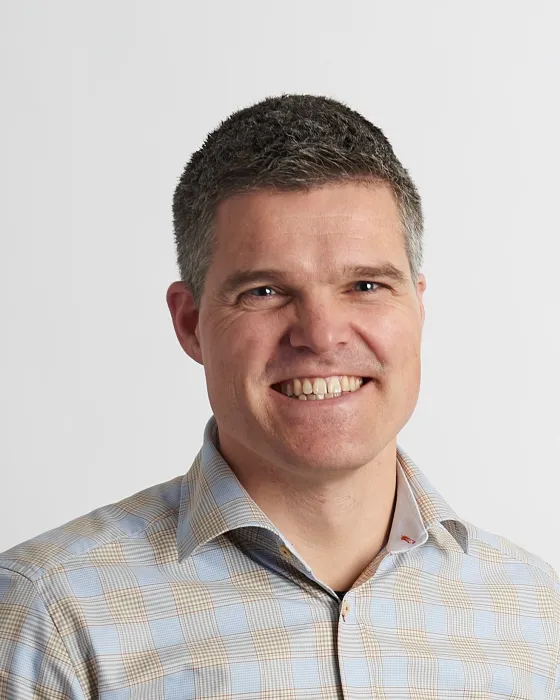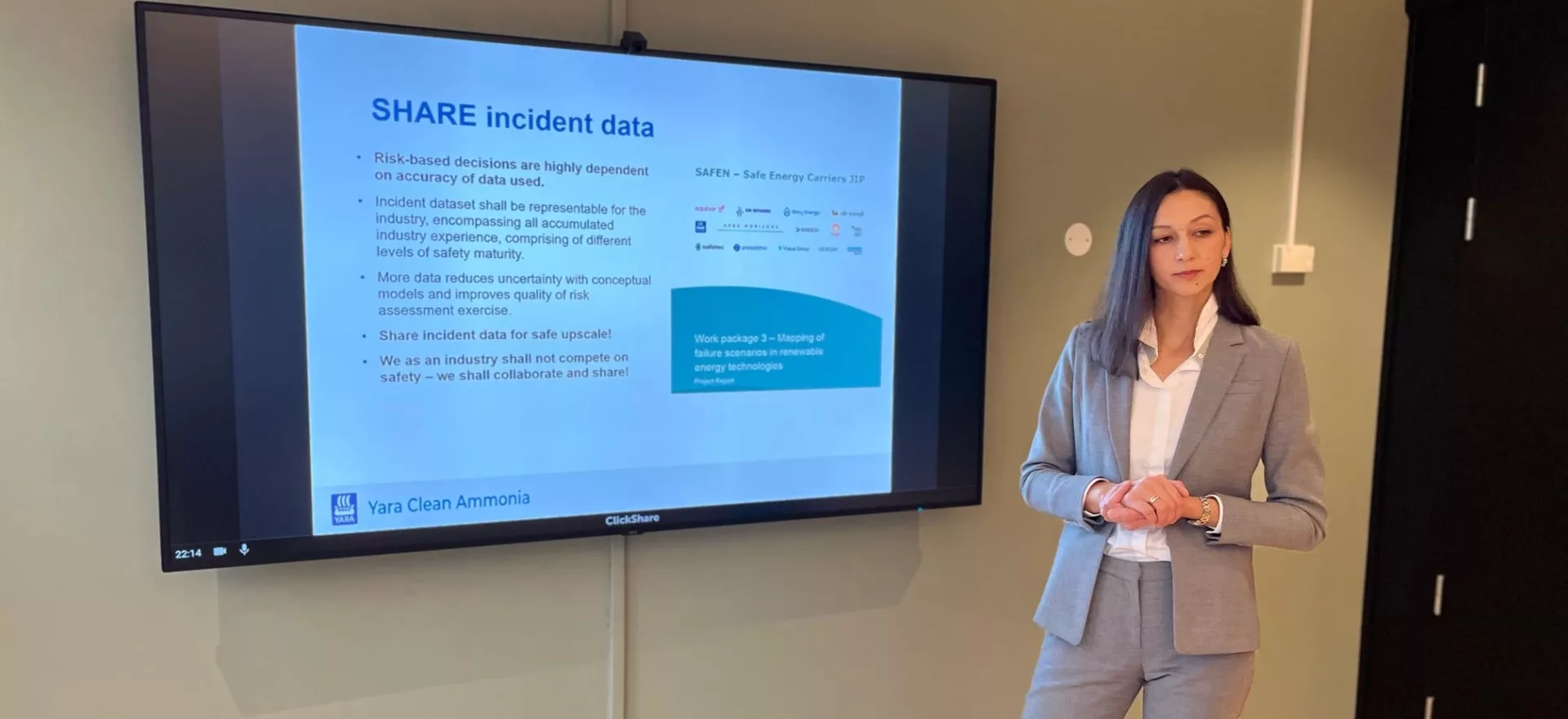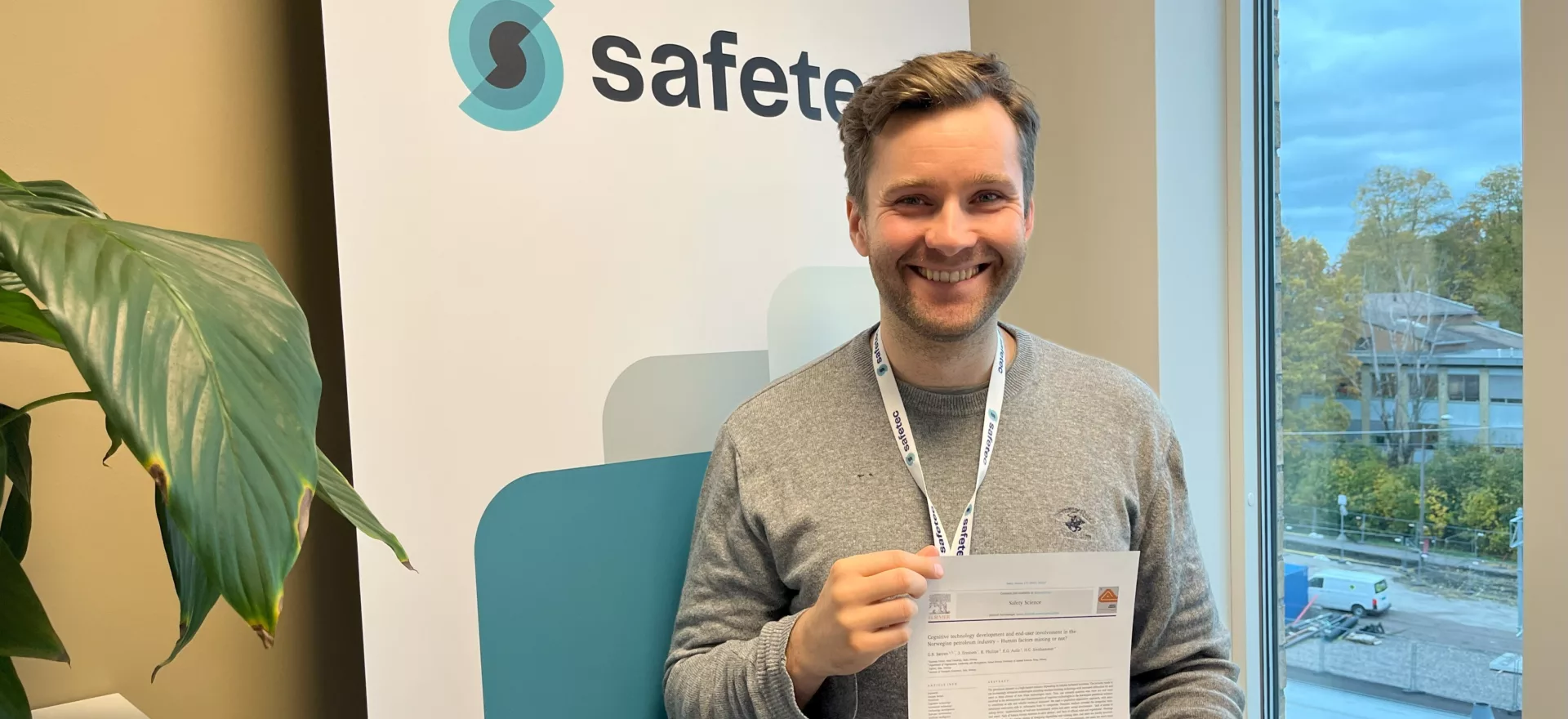
Risk-based supervisory planning
Following an inspection by the National Audit Office, NVE needed to improve its methods for selecting inspection objects. Together with Jan Erik Vinnem (Preventor), Safetec has developed a model to support NVE's selection of inspection objects.
– We help supervisory authorities to make important and correct priorities", says Terje Dammen, Chief Adviser in Safetec.
Risk-based supervision planning is about having a set of relevant criteria to prioritize which objects are to be supervised. Objects with a high risk must be prioritized over objects with a low risk. Lack of knowledge about the object of supervision leads to uncertainty.
Terje Dammen elaborates this by pointing out at least three good reasons to have risk-based supervisory planning:
- A risk-based supervisory planning gives the authorities a better basis for selecting supervisory objects and, not least, better insight into the risk focus of the owners of the objects.
- On this basis, supervisory activities become an important tool for the supervisory authority's own quality and efficiency development, including learning across departments and in depth within the subject.
- Follow-up of internal data sources give the opportunity to raise the quality of both the data itself and the supervisory work. This is expected to contribute to the objects of supervision receiving greater attention to important aspects in a preventive context.
Focus on preventive work
The power supply in Norway is critical infrastructure and is necessary for the functioning of a modern society. NVE conduct supervision with safety and preparedness in the power supply and whether the environment is safeguarded in energy and water systems. For NVE, it has particularly importance to emphasize the preventive work in NVE's operations.
In autumn 2020, Jan Erik Vinnem carried out a preliminary project for NVE. From 2021, Safetec was engaged to assist with the development of a model for risk-based selection of inspection objects within NVE's inspection responsibility.
The work has taken place until December 2022 and covers all supervisory sections in NVE. Safetec has submitted proposals for models that use available data and has tested the models for various supervisory areas in NVE.
Multiple uses for the model
The project for NVE represents a continuation of the work that Preventor and Safetec started for the Petroleum Safety Authority in 1999. It responds to the National Audit Office's "order" to the central supervisory bodies that the selection of inspection objects should be risk-based as far as is practically possible.
– We have understood from NVE that the risk-based model provides a useful basis for seeing important differences and concretizing potential weaknesses in the objects of supervision, says Jan Erik Vinnem in Preventor.
– This assignment has been exciting for Safetec in several ways. NVE has an important role for the safety of critical infrastructure in Norway. At the same time, this model can useful for other industries, says Terje Dammen.
Such models provide a good basis for assessing the condition within the areas that are controlled.






